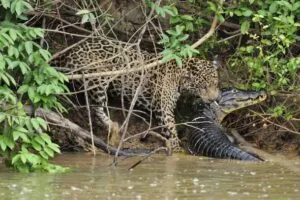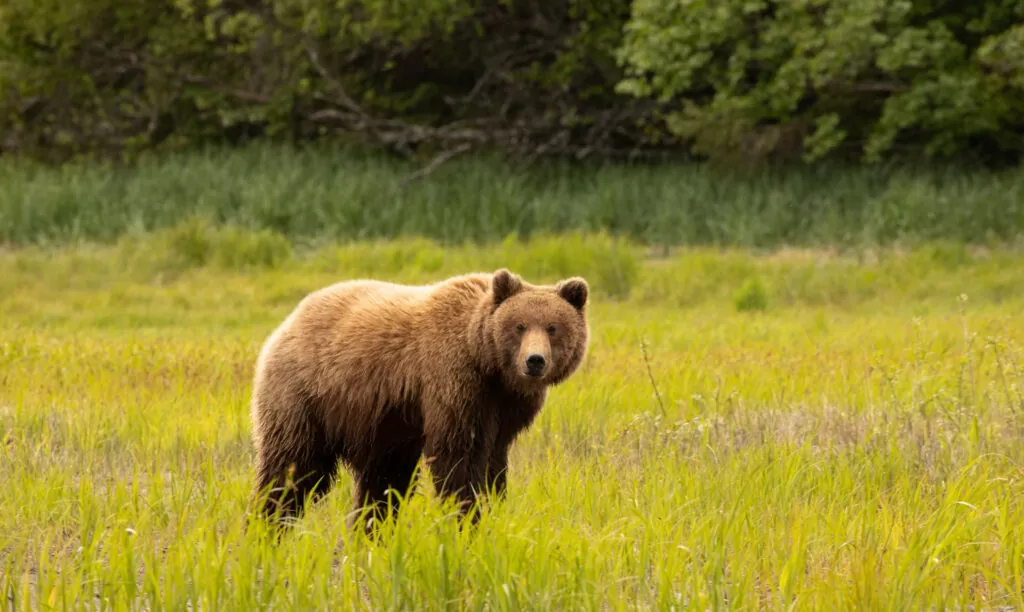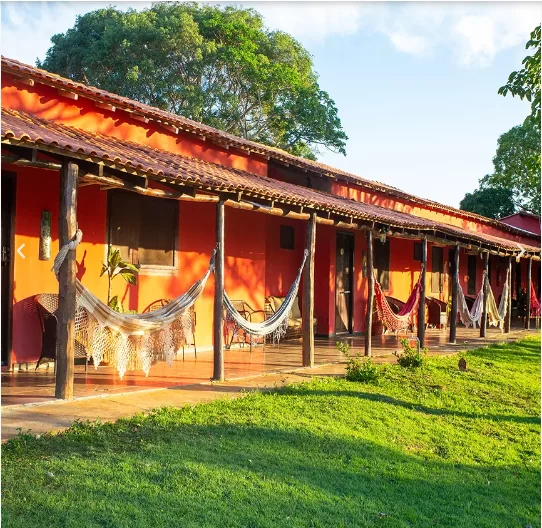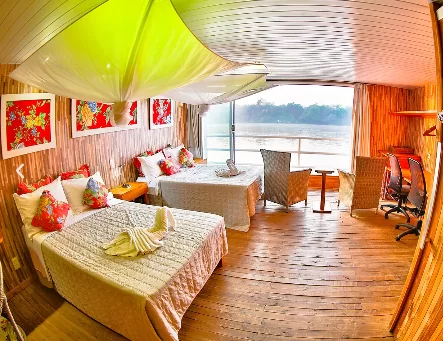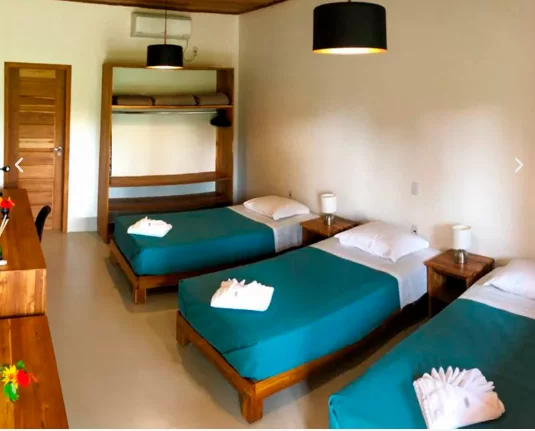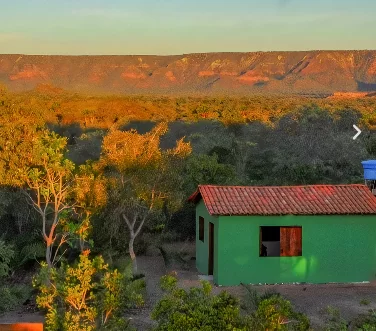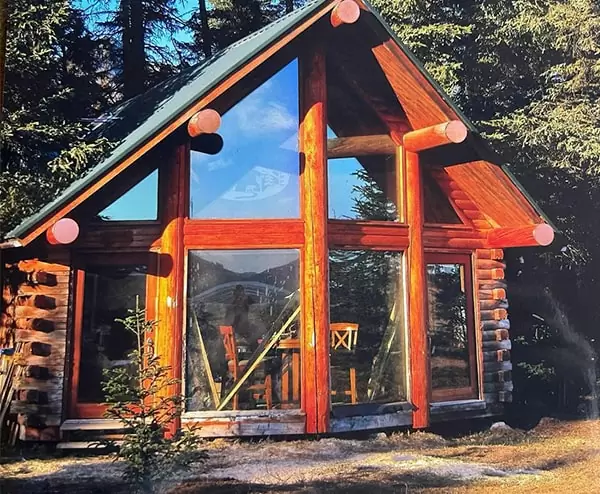Manu Biotrip
Manu Biotrip
Driving over two ranges of the High Andes east of Cusco and descending 14,000 feet through elfin and cloud forests to the Amazon lowlands of Manu represents the world’s most extreme “biodiversity trip”, or simply “biotrip”. This altitudinal transect expedition is not strenuous at all, but the moss-festooned, single-lane, vertiginous, switchback gravel track down, down, down, down…….to the Amazon may be a bit too intense for most travelers. Nevertheless, for adventurers who are serious about biology, geography, or photography, there is nothing like the biotrip.
The route starts by climbing up out of the valley of the city of Cuzco to cross a high grassland pass, then descends to cross the Paucartambo River, which runs due north eventually to join the main Amazon River in northern Peru. The journey continues by climbing again to the second and final pass of the expedition. Then, over many hours, we plunge down through progressively taller, dripping cloud forests until finally reaching the banks of the rushing Alto Madre de Dios River in the steamy Amazon lowlands. The Andean Cock-of-the-Rock and the Woolly Monkey are two of our favorite species to watch for, with the former seen on all trips. To fully appreciate the wonders of the cool cloud forest, we spend the night in Cock-of-the-Rock Lodge, which is owned by Peru Verde, a nonprofit nature conservation group that was created in the 1980’s by the founders of SouthWild. Peru Verde owns 12,500 acres of the cloud forest along the Manu Road in order to protect the forest and wildlife in perpetuity.
Once in the lowlands, we switch to our 40-foot-long, motorized, roofed dugout canoe for the exciting ride down smooth sections of the rushing 100-meter-wide river. Every mile or so, our huge, high-prowed canoe bounces and splashes through Class I rapids before finding smoother water again. During our four hours on the Alto Madre, we have excellent chances to spot a flock or two of rare, raucous Military Macaws flying overhead. Fasciated Tiger Herons stand immobile in the rapids looking for fish to spear, resembling herringbone-overcoated footmen waiting for orders.
Then spend the last few days of the trip exploring the ecotourism in Peru, the forests and oxbow lakes of the meandering, reddish-brown, 130-m-wide Manu and 250-m-wide Madre de Dios Rivers. Manu Wildlife Center (MWC) offers the best chance in the tropical Andean countries to see Brazilian Tapirs (also known as ”Lowland Tapirs”). At MWC, the probability is 90% of seeing one or several tapirs, which at 250 kilos (550 pounds) are the most massive terrestrial animal of South America. MWC also offers South America’s finest viewing of Scarlet Macaws, with a flock of up to 25 birds visible at 20-30 meters from a large viewing blind. Our Manu biotrip also includes visits to roomy platforms at 100 and 130 feet up in the main central crotches of towering Cotton Kapok trees. Finally, the forests of MWC offer the best place in the world to see one of the world’s most striking monkeys, the one-pound, extravagantly-mustachioed Emperor Tamarin.
Speak with our team for more details about this incredible trip, which we can customize to fit your interests.

